Paraguay features a combination of natural sites, historical structures, and cultural institutions. In the capital Asunción, central buildings include the López Palace, the National Museum, and the National Pantheon of Heroes. The waterfront promenade runs along the river. The city contains several museums, including the Barro Museum with folk art and the Independence House. Religious structures include the Cathedral of Our Lady of the Assumption. The Botanical Garden includes a zoo. The Itapúa region contains two Jesuit reductions: Santísima Trinidad de Paraná and Jesús de Tavarangüé, both from the 17th and 18th centuries. In Ciudad del Este, the second largest city, modern shopping centers include Nissei and Monalisa, along with the Itaipú hydroelectric dam on the Brazilian border. The Monday Falls are located nearby. The Friendship Bridge connects Paraguay to Brazil. Natural areas include Lake Ypacaraí, a 90 square kilometer lake (35 square miles) near Asunción, and Ybycuí National Park with hiking trails and waterfalls. San Bernardino on the shores of Lake Ypacaraí has a viewpoint and a church. The Siete Saltos waterfalls are in the northern Salto del Guairá region.
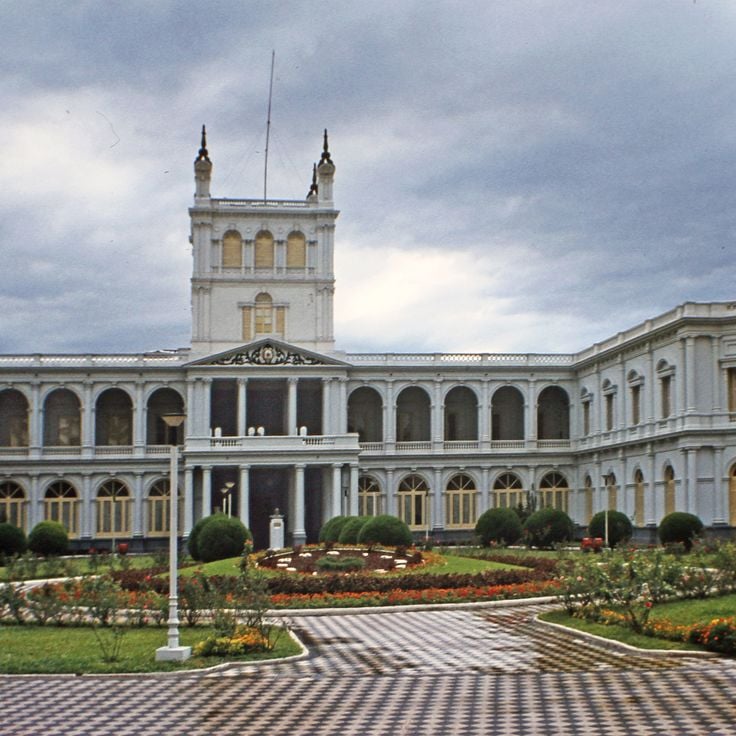
Asunción, Paraguay
López PalaceThis historic seat of the Paraguayan government was constructed in 1857 following designs by British architect Alonso Taylor and serves as the official workplace of the President of the Republic of Paraguay. The building presents neoclassical architecture with Corinthian columns, a white facade, and a symmetrical layout reflecting European influences from the mid-19th century. The palace stands on the bay of Asunción along the Paraguay River waterfront and is surrounded by extensive gardens that form part of the capital's governmental district.
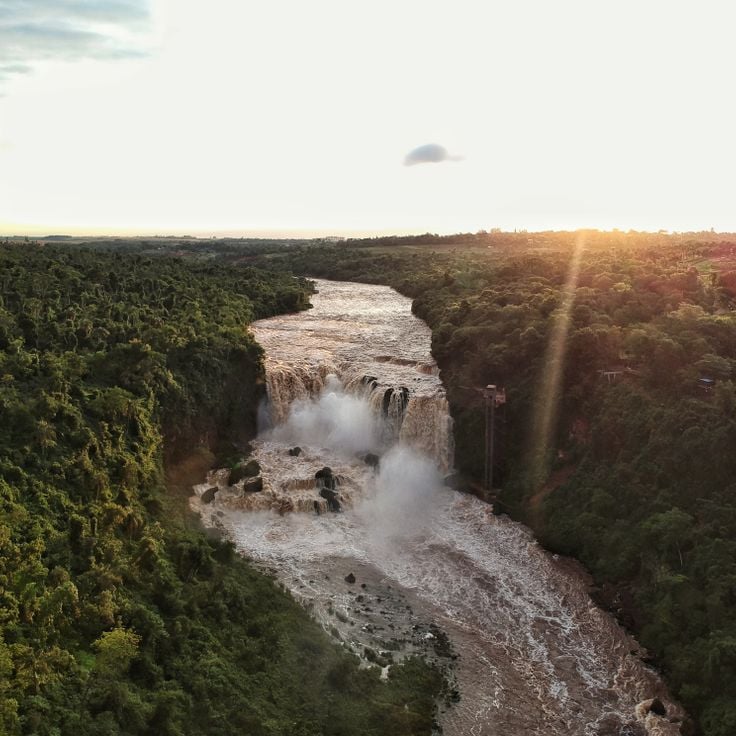
Ciudad del Este, Paraguay
Monday FallsThe Chutes du Monday form a 45-meter (148-foot) waterfall on the Monday River, surrounded by tropical rainforest. A maintained trail leads to various viewpoints from which visitors can observe the falls from different perspectives. These falls rank among the principal natural attractions in Paraguay and lie near the border with Brazil and Argentina. The region is part of the Atlantic Forest zone and supports various bird species and native vegetation. Access is from Ciudad del Este, one of the major commercial centers in the country.
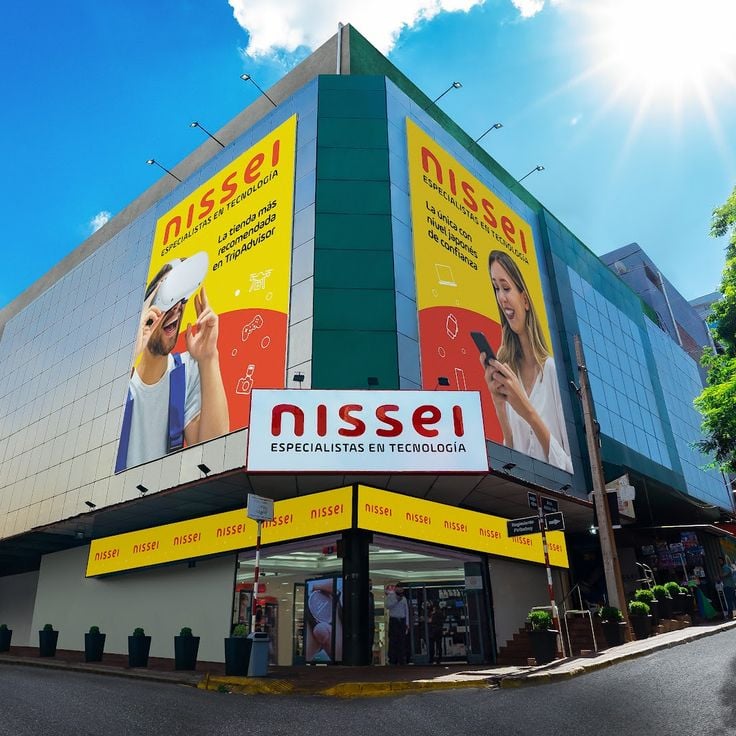
Ciudad del Este, Paraguay
NisseiThe Nissei shopping center in Ciudad del Este specializes in the sale of electronics, mobile phones, and multimedia equipment. The building spans multiple floors with numerous stores offering a wide range of technical products. As part of Ciudad del Este's modern commercial infrastructure, Nissei provides visitors with access to electronic goods at competitive prices, which has made the city a popular destination for cross-border shopping.
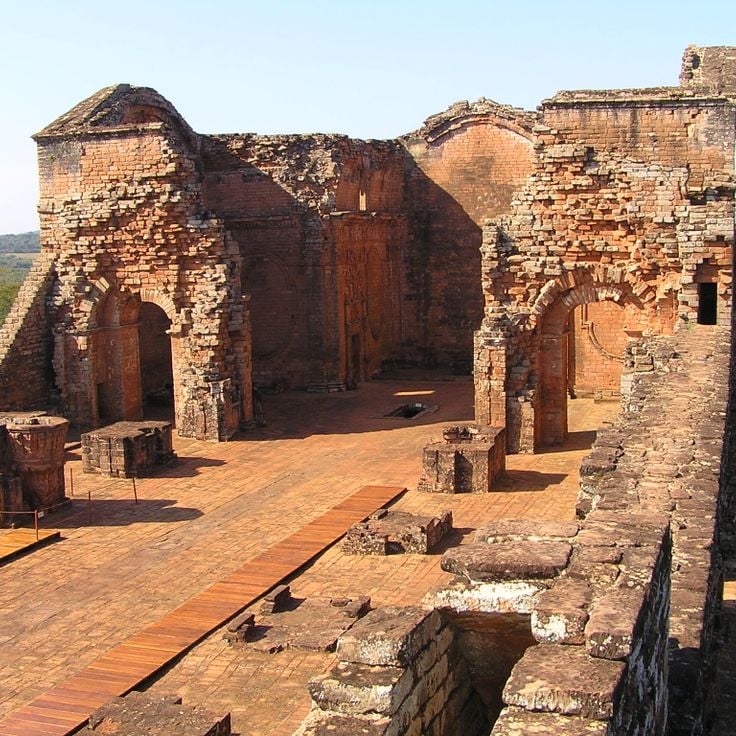
Itapúa, Paraguay
Jesuit Mission of Santísima Trinidad de ParanáThe Jesuit Mission of Santísima Trinidad de Paraná represents the historical remains of Jesuit missions in the Itapúa region. This 18th-century architectural complex includes the ruins of a large church, courtyards, gardens, and residential quarters. The preserved walls display decorative motifs that demonstrate the artistic work of the Jesuit missions. The site provides insight into the life and organization of Jesuit reductions in colonial Paraguay.
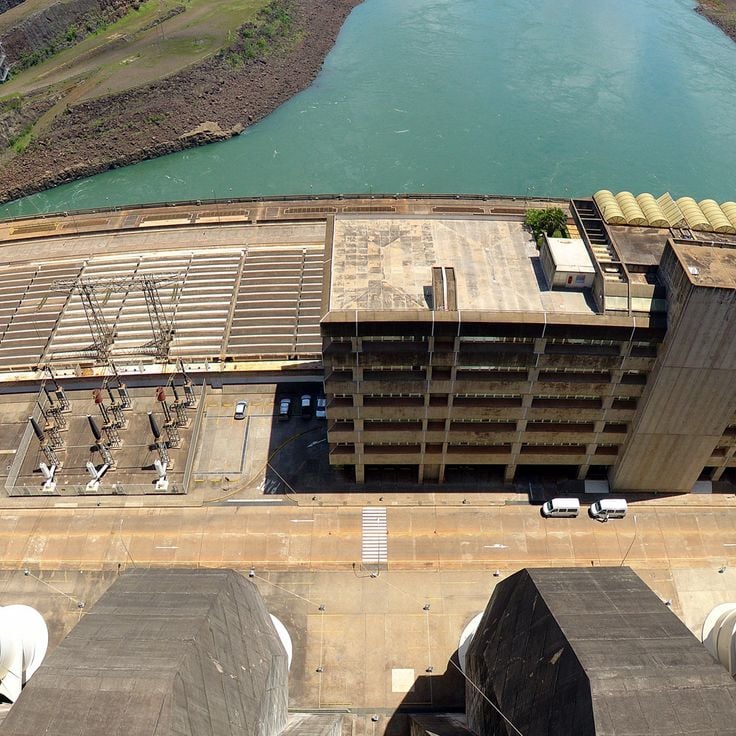
Ciudad del Este, Paraguay
Itaipu DamThis hydroelectric project on the Paraná River was built as a joint venture between Paraguay and Brazil. The Itaipu Dam extends 4 miles (7 kilometers) in length and harnesses water power to generate electricity for both countries. The facility ranks among the largest hydroelectric plants worldwide and supplies power to much of Paraguay as well as southern Brazil. Tours provide insight into the technical installations and the dimensions of the structure.
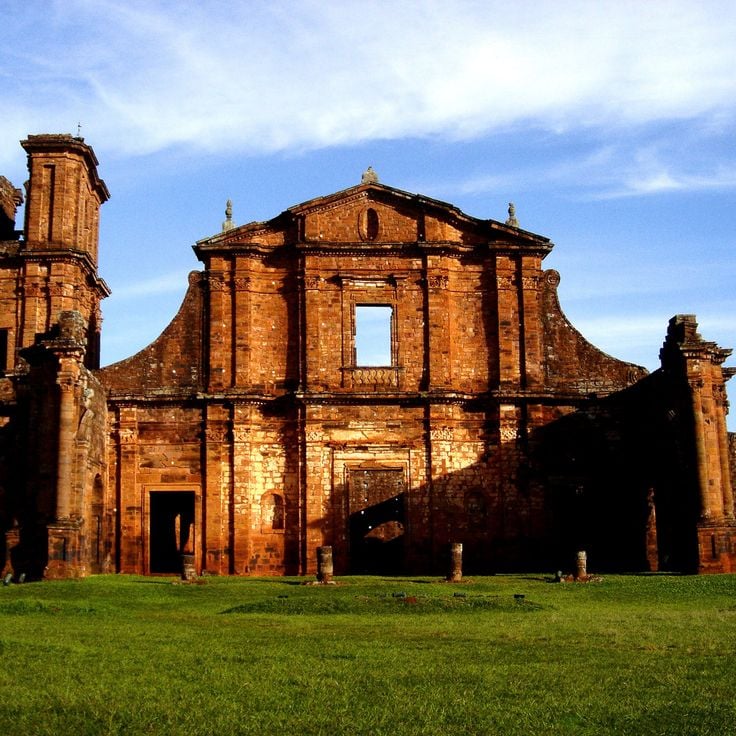
Itapúa, Paraguay
Jesuit Ruins of Jesús de TavarangüéThe ruins of Jesús de Tavarangüé are the remains of an 18th-century Jesuit mission that includes an unfinished church, living quarters, and workshops. This mission site demonstrates the religious and social organization of the Jesuit reductions and represents one of the significant historical sites of Paraguay's colonial past. The architectural features reflect European Baroque influences adapted to local materials and conditions. The grounds document the life of the Guaraní population under Jesuit administration and are inscribed on the UNESCO World Heritage List together with the nearby ruins of Trinidad.
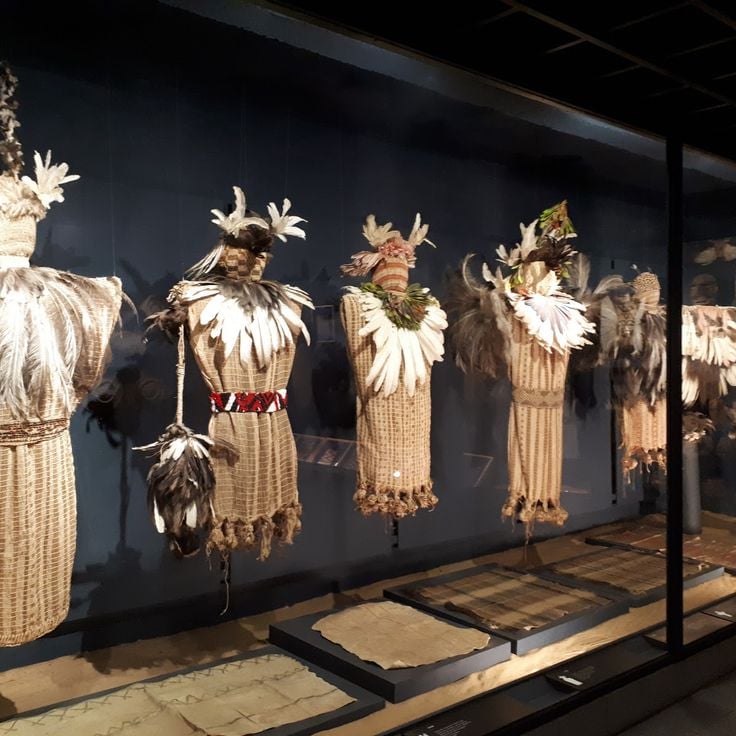
Asunción, Paraguay
Museo del BarroThis museum in Asunción displays traditional Paraguayan crafts, pre-Columbian ceramics, and indigenous textiles. The institution organizes temporary exhibitions and presents objects from various periods of Paraguayan cultural history. The collection includes religious art, folk art, and archaeological findings from different regions of the country. The Musée del Barro documents the artistic traditions of indigenous peoples and the development of local craft techniques over several centuries.

Asunción, Paraguay
National Pantheon of the HeroesThe Pantheon houses the tombs of notable figures from Paraguayan history in a 19th-century neoclassical building. The collection includes military objects and historical documents that document events and figures from the nation's past. The structure serves as a memorial and preserves artifacts from different periods of Paraguayan history.
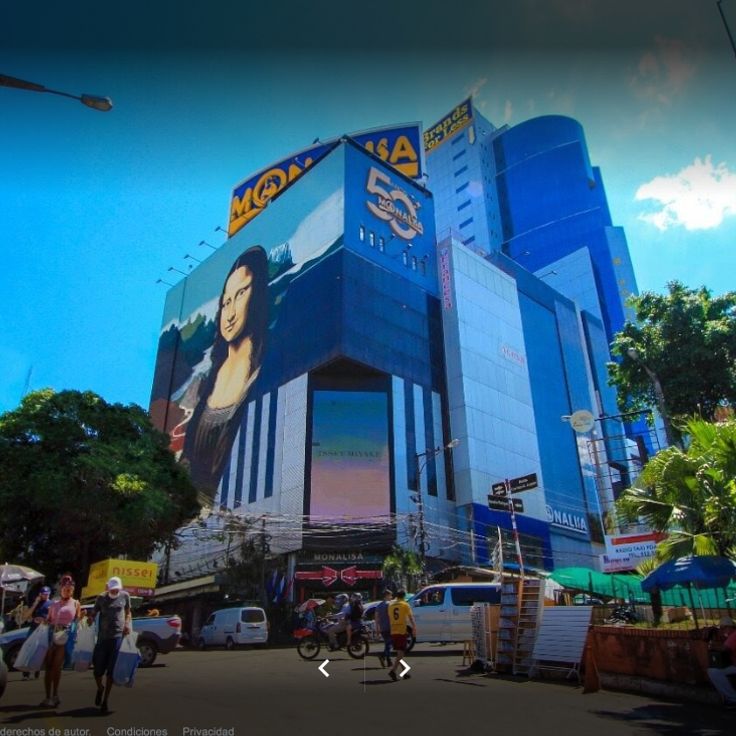
Ciudad del Este, Paraguay
Monalisa ParaguayThe Monalisa Paraguay is a four-story shopping center in Ciudad del Este offering international brands, jewelry stores, and fashion boutiques. This modern building ranks among the larger commercial establishments in the city and provides merchandise that attracts both local residents and visitors from neighboring countries. Ciudad del Este is known as a trading and shopping hub, and the Monalisa Paraguay reflects this commercial orientation. The architecture follows contemporary standards for shopping centers in the region.
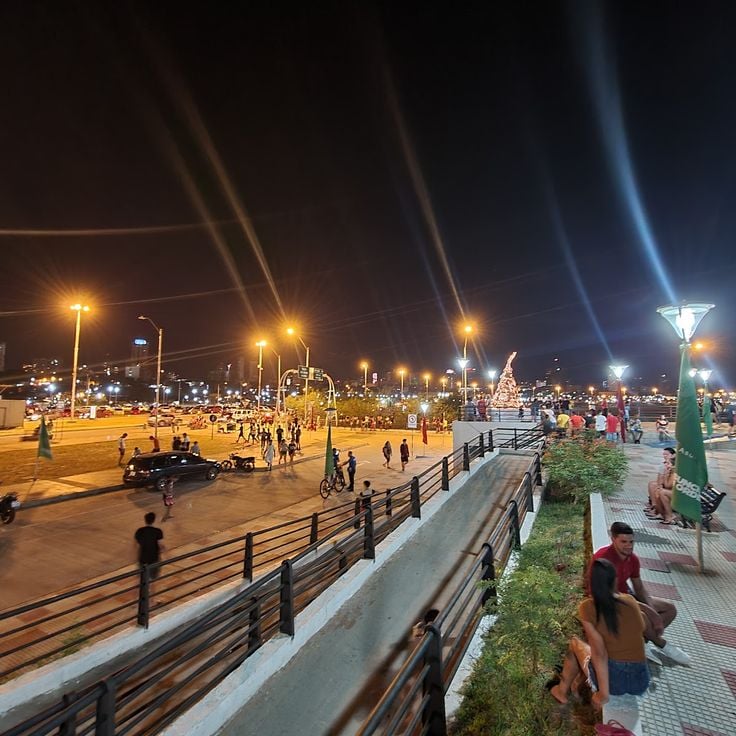
Asunción, Paraguay
Costanera of AsunciónThe Costanera d'Asunción is a 5-mile (8-kilometer) pedestrian and cycling path along the Paraguay River in the capital. The path connects several green spaces and playgrounds, offering residents and visitors space for recreational activities by the water. The riverfront promenade provides direct access to the river and serves as a recreational area within the city. Along the route, there are areas for walking, jogging, and cycling, as well as spaces for resting with views of the river and the opposite shore.
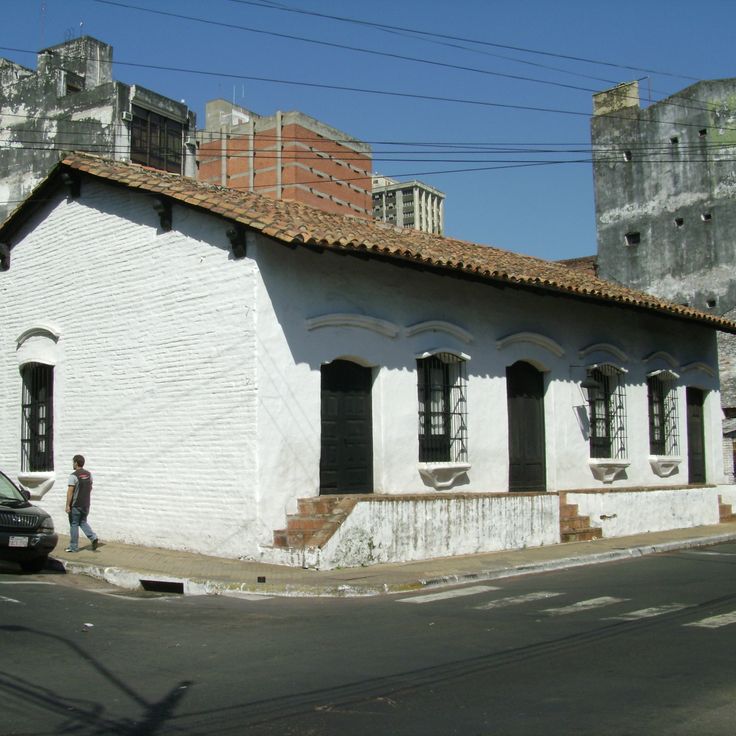
Asunción, Paraguay
Independence HouseThe Casa de la Independencia is an 18th century colonial building in Asunción that now serves as a museum displaying documents and objects related to Paraguay's independence in 1811. This historic structure stands as one of the capital's important cultural sites and documents the events that led to the country's separation from Spanish colonial rule. The collections include historical papers, weapons, and personal items belonging to independence fighters, providing visitors with information about the political and social developments of that era.
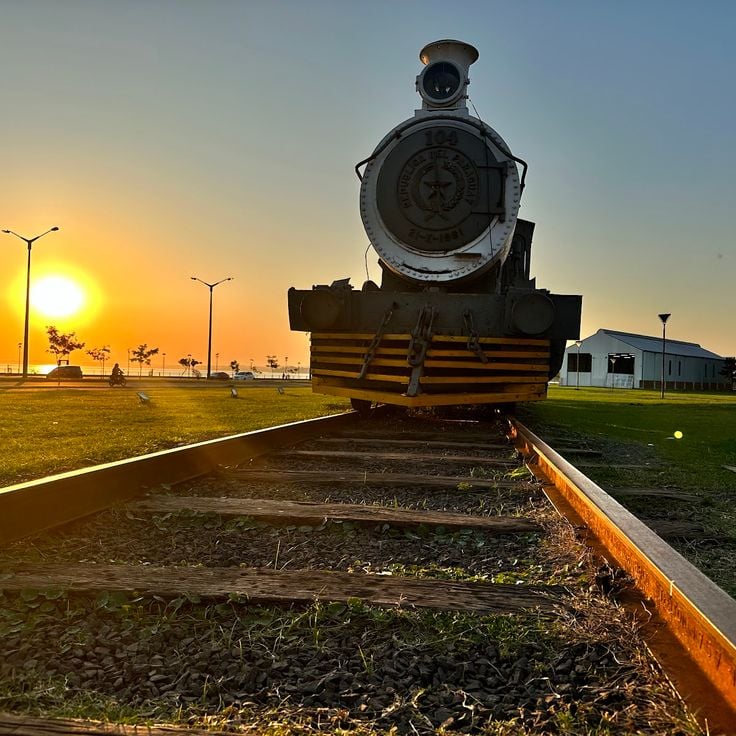
Paraguay
San José BeachThis sandy beach sits along the banks of the Paraná River and offers swimming areas and camping spots during the dry season. Plage San José attracts visitors who wish to relax and swim by the river. The beach becomes accessible during low water levels and features natural sandy expanses. The surroundings are suitable for day trips and weekend stays in nature along the Paraná.
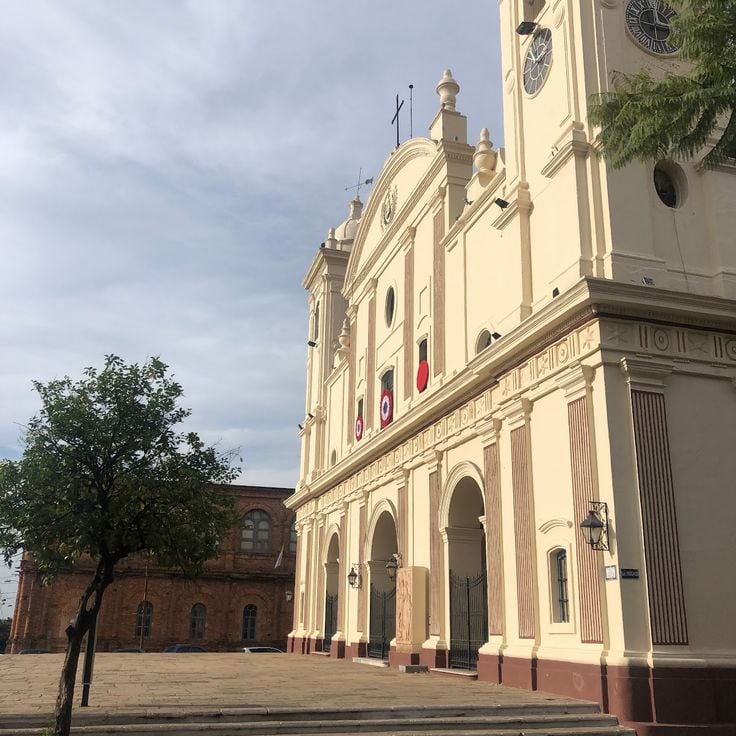
Asunción, Paraguay
Cathedral of Our Lady of the AssumptionThe Cathédrale Notre-Dame de l'Assomption in Asunción is a religious building from the 19th century. This cathedral features a central nave, two side aisles, and a dome. The interior contains altars made of carved wood. The cathedral represents one of the important religious structures in the Paraguayan capital and relates to the ecclesiastical history of the country.

Paraguay
Crystal FallsChute Cristal is a 65-foot (20-meter) waterfall surrounded by subtropical forest. The site features hiking trails and observation points that allow visitors to explore the natural environment. As part of Paraguay's tourist attractions, this waterfall provides access to a natural area characterized by its vegetation and cascading waters.

Asunción, Paraguay
Grand Hotel of ParaguayThe Grand Hôtel du Paraguay is a 19th-century historic building now operating as a museum. The structure preserves its colonial architecture and displays collections of Paraguayan art. It stands among the cultural attractions of the capital Asunción, where visitors can learn about the artistic development of the country.
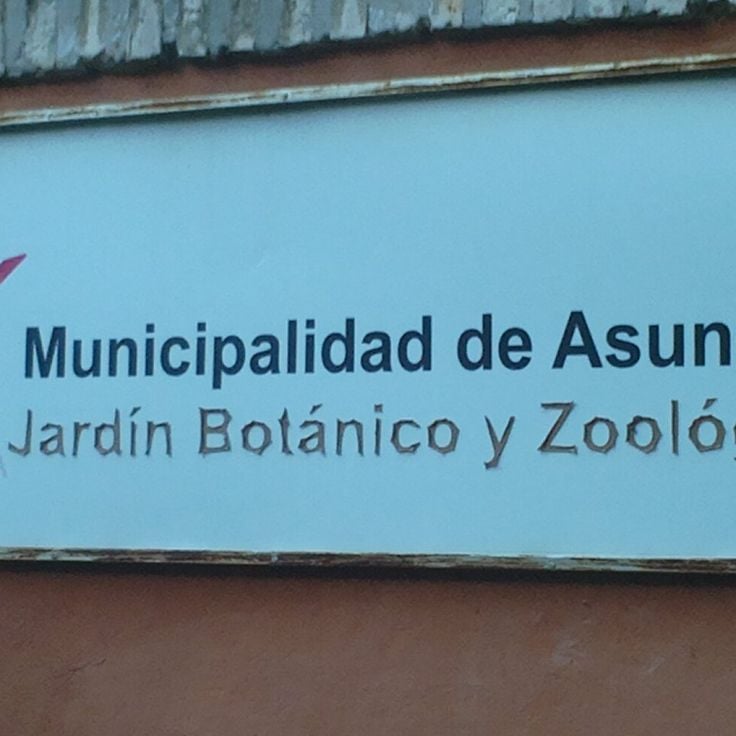
Asunción, Paraguay
Botanical Garden and ZooThe Botanical Garden and Zoo spans 272 acres (110 hectares) and contains collections of native plants along with animal enclosures housing Paraguayan and other South American species. The grounds include the former residence of 19th-century President Carlos Antonio López, now serving as a museum. The facility features walking paths through different vegetation zones, greenhouses, and informational signage about regional flora and fauna. The zoo displays mammals, birds, and reptiles in naturalistic enclosures, with particular attention given to endangered species from Paraguay.
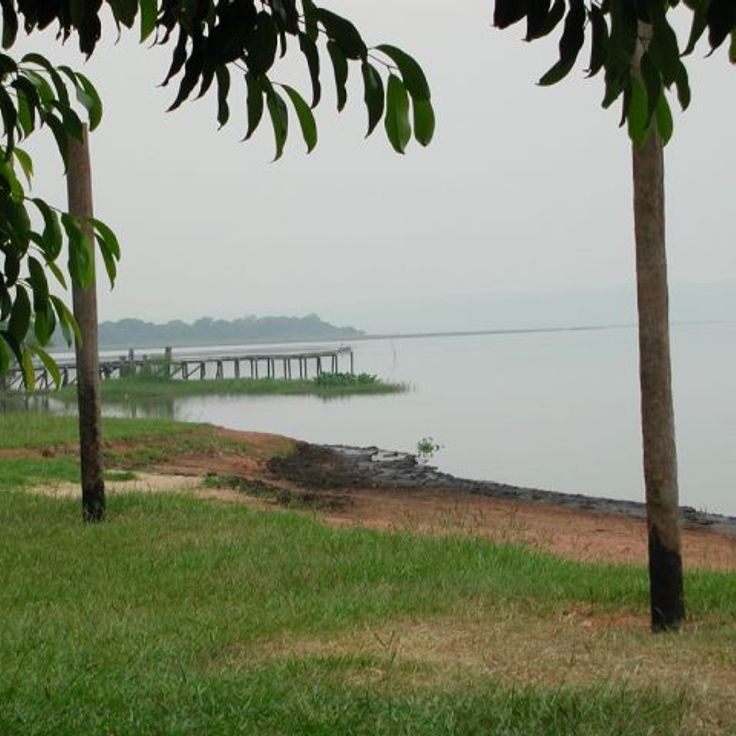
Paraguay
Lake YpacaraíLake Ypacaraí is a body of water covering 90 square kilometers (35 square miles) located between the Central and Cordillera departments. This lake serves as a natural recreation area offering various water sports and fishing activities, representing one of the principal natural areas in Paraguay.
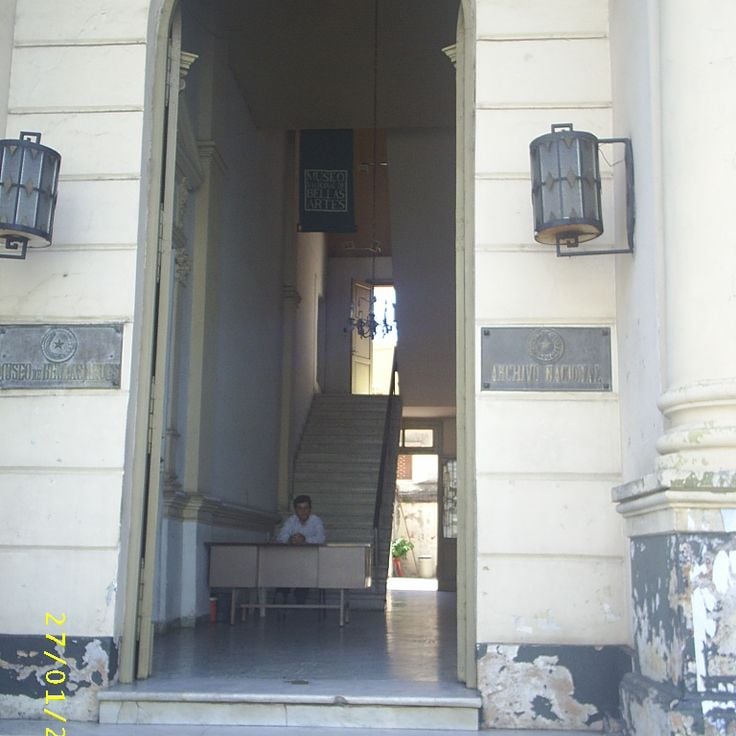
Asunción, Paraguay
National MuseumThe National Museum in Asunción preserves archaeological collections of pre-Columbian objects, historical documents, and artworks from Paraguay since the 16th century. This cultural institution traces the development of the country through different periods and presents artifacts from indigenous cultures, colonial items, and testimonies of national history. The museum contributes to understanding Paraguayan identity and allows visitors to explore the material culture and artistic production of the region from pre-Columbian times to the present day.
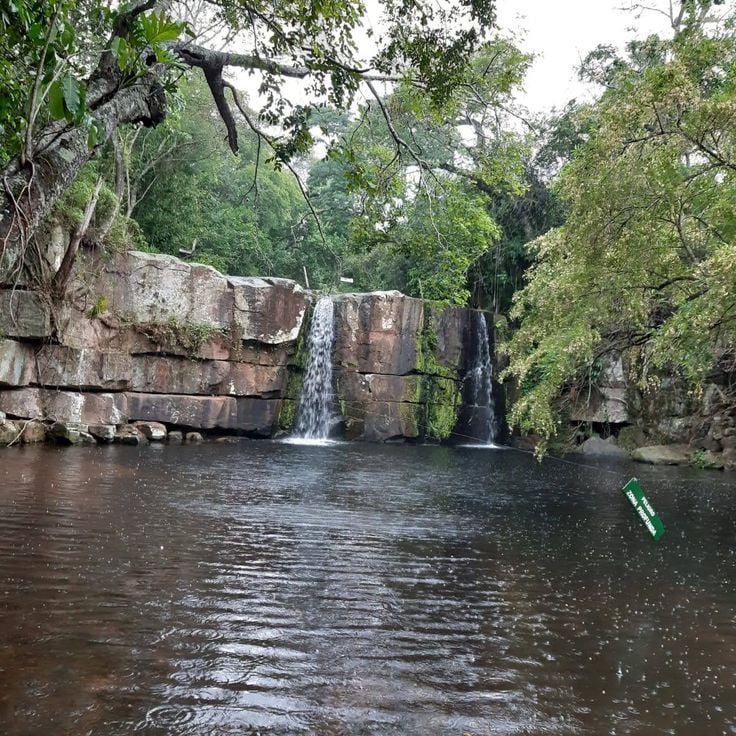
Paraguay
Ybycuí National ParkYbycuí National Park is a 12355-acre (5000-hectare) nature reserve featuring waterfalls and hiking trails through Atlantic forest. The park protects native wildlife and plant species, including toucans, monkeys, and various tropical trees. La Mina and Salto Guaraní waterfalls are among the main features. Historical remains of Paraguay's first 19th-century iron foundry are located within the park grounds.
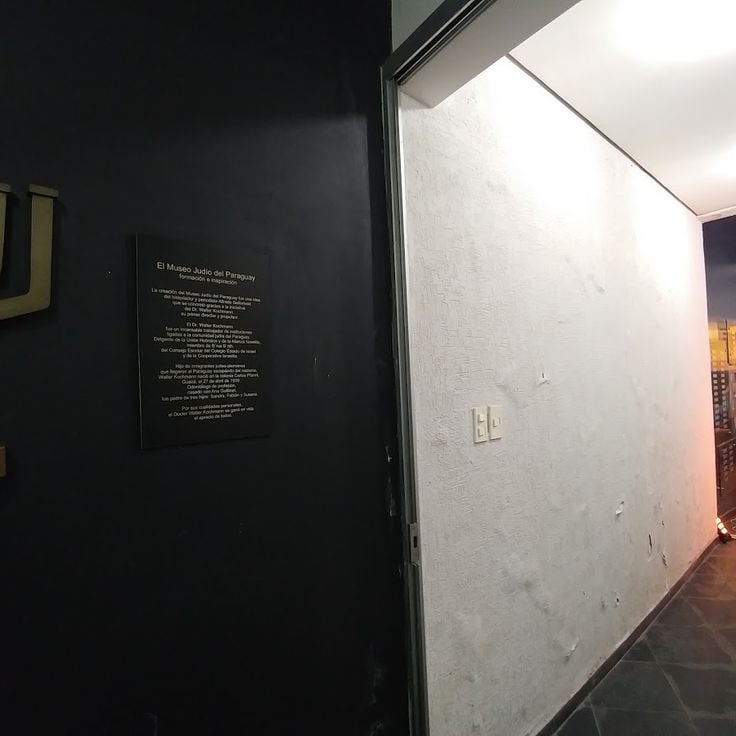
Asunción, Paraguay
Godoi MuseumThe Musée Godoi occupies a 19th-century building in central Asunción and displays paintings, sculptures, and historical objects that document Paraguayan history and culture. The collection includes works by Paraguayan artists and artifacts from different periods of the nation's past. This museum contributes to preserving cultural heritage and provides visitors with insight into the artistic and historical development of the country. The exhibition spaces are housed in a historic building that is itself part of the capital's architectural heritage.
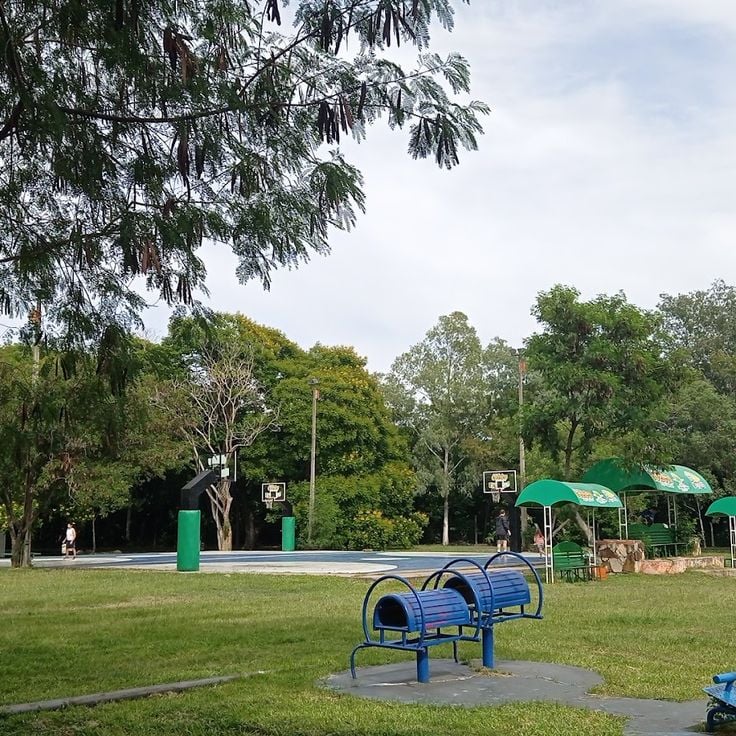
Asunción, Paraguay
Ñu Guasu ParkThis urban park covers 25 acres (10 hectares) and features bike paths, walking trails, and areas for physical exercise. Parc Ñu Guasu includes rest areas and is located in the Paraguayan capital, which houses numerous governmental, religious, and cultural buildings such as the López Palace and the National Pantheon of Heroes.

Paraguay
Laguna BlancaLaguna Blanca is a natural body of water in central Paraguay, characterized by white sand dunes and clear water. The lake provides habitat for various bird species and sits within a region of notable geological formations. As part of the country's major sites and attractions, this lake complements natural features like Lake Ypacaraí and provides a contrast to the historical Jesuit mission ruins and modern urban centers.

Ybycuí, Paraguay
Guarani FallsThe Guarani Falls are located in Ybycuí National Park, a protected area situated about 95 miles (150 kilometers) from Asunción. The water drops from a height of 130 feet (40 meters) into a basin surrounded by forest. The park protects woodland areas that shelter various native plant species. The falls are accessible via walking trails that pass through the wooded terrain of the park and are part of Paraguay's network of national parks.

Asunción, Paraguay
Stairs of Loma San JerónimoThe Loma San Jerónimo Stairs lead through a historic neighborhood in Asunción and are painted in several colors. The steps connect traditional houses and small shops in this older district of the Paraguayan capital. The area preserves its architecture from past decades and provides insights into local daily life. These stairs serve as a pedestrian route for residents and visitors between different levels of the hilly terrain.
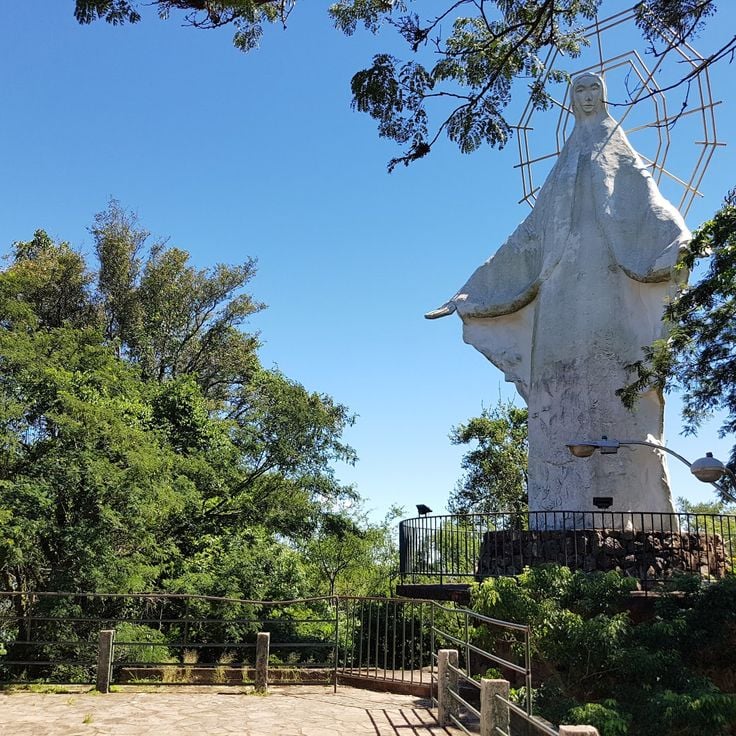
San Bernardino, Paraguay
Virgin's ViewpointThe Mirador de la Vierge in San Bernardino is a 118-foot (36-meter) observation tower built on a hill, offering views over Lake Ypacarai and the town of San Bernardino. This observation platform is part of the tourism facilities in the region and complements the natural and historical sites of Paraguay such as the Jesuit missions in Itapúa and the government buildings in Asunción. The tower provides visitors with the opportunity to observe the lake surroundings and the landscape from an elevated position.
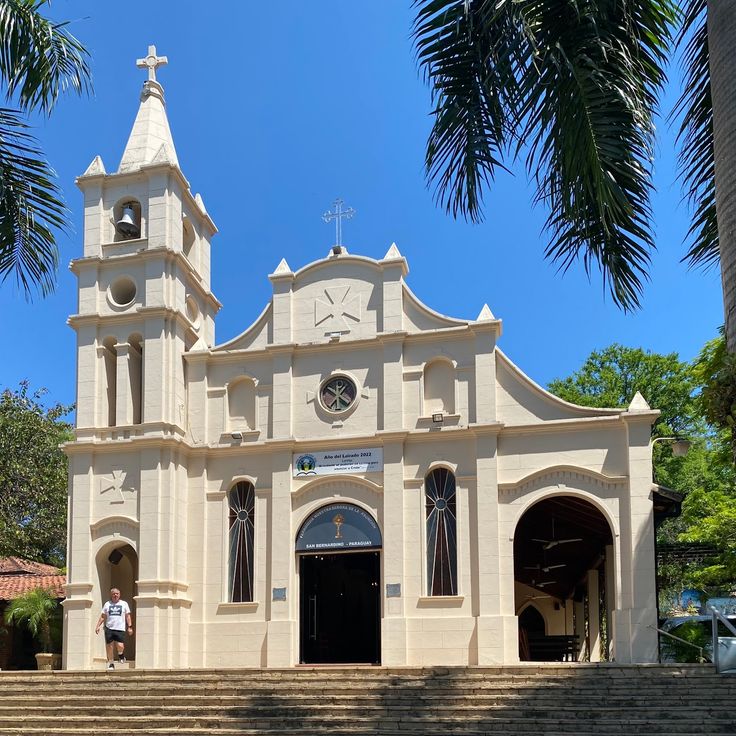
San Bernardino, Paraguay
Church of San BernardinoThe Church of San Bernardino was built in 1899 in the neogothic style and displays a white facade along with colored stained glass windows typical of Paraguayan colonial architecture. The church serves the local community as a religious center and forms an important part of the historical heritage of the town of San Bernardino on Lake Ypacaraí. The church combines European neogothic design elements with regional building traditions of the late 19th century and stands as testimony to the German immigrant history in this region of Paraguay.
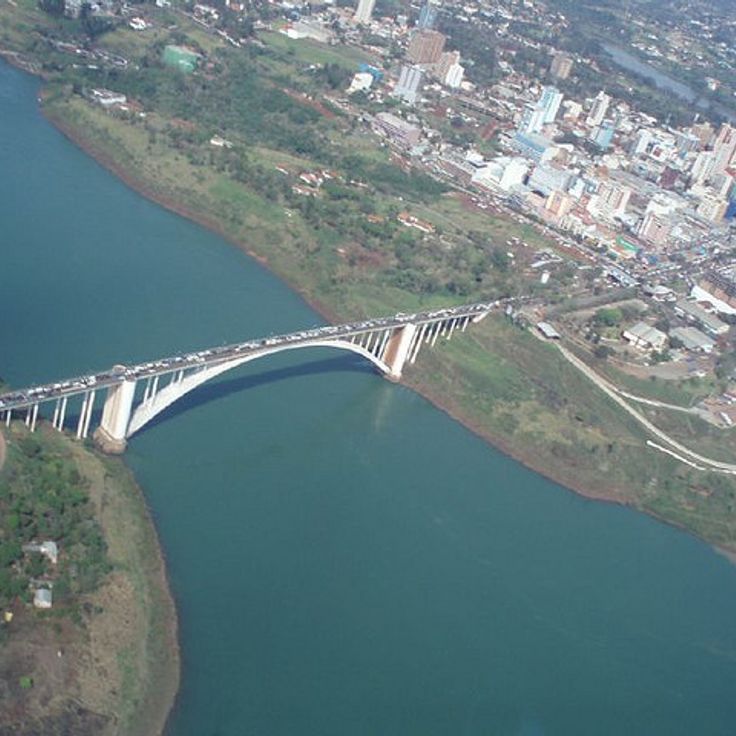
Ciudad del Este, Paraguay
Friendship BridgeThe Friendship Bridge is a concrete structure connecting Ciudad del Este in Paraguay with the Brazilian city of Foz do Iguaçu across the Paraná River. This structure measures 1,810 feet (552 meters) in length and was completed in 1965, serving as an important cross-border route between the two countries. As a major infrastructure element, this bridge enables the movement of people and goods in a region known for its commercial activities and proximity to the Iguazú Falls. It links two important urban centers at the triple border of Paraguay, Brazil, and Argentina.
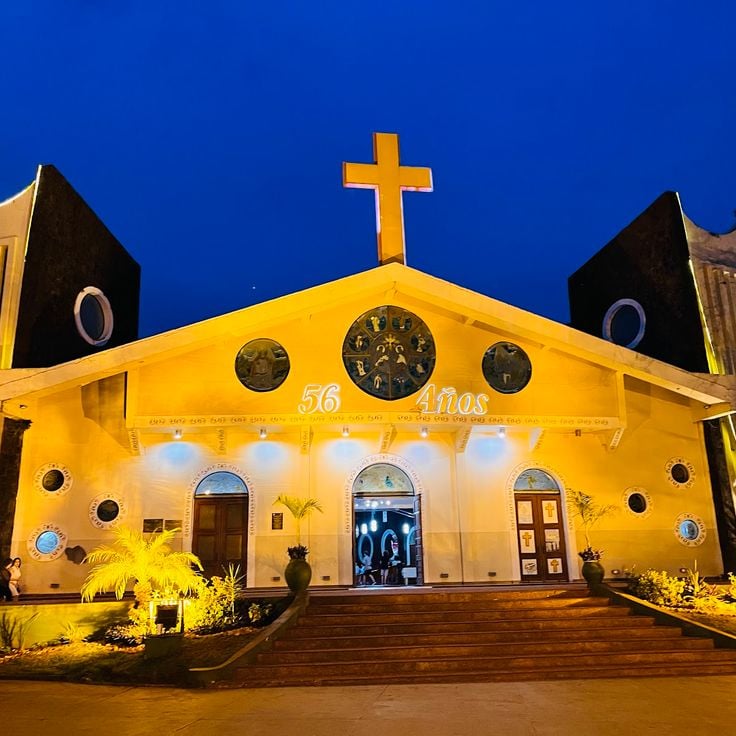
Ciudad del Este, Paraguay
Cathedral of San BlasThe Cathedral of San Blas was built in the 1960s and dominates the cityscape of Ciudad del Este with its rectangular design and central bell tower reaching 245 feet (75 meters) in height. As the main church of the diocese, this cathedral combines modern architecture with religious function in the eastern part of the country. The building stands in the center of Paraguay's third largest city, known for its commerce and proximity to Iguazu Falls. The cathedral serves as a spiritual center for Catholic faithful in the region and complements the historical and modern attractions throughout the country.

Salto del Guairá, Paraguay
Seven FallsThe Seven Falls are a group of seven cascades on the Paraná River that form a natural border between Paraguay and Brazil and reach a height of 374 feet (114 meters). These waterfalls represent one of the significant natural features of Paraguay and illustrate the geographic connection of the country with its neighboring states. The Paraná River creates at this location through tectonic and erosive processes a considerable drop that has shaped a distinct landscape formation over thousands of years. The Seven Falls are an example of natural water power and the geological conditions of the Salto del Guairá region.
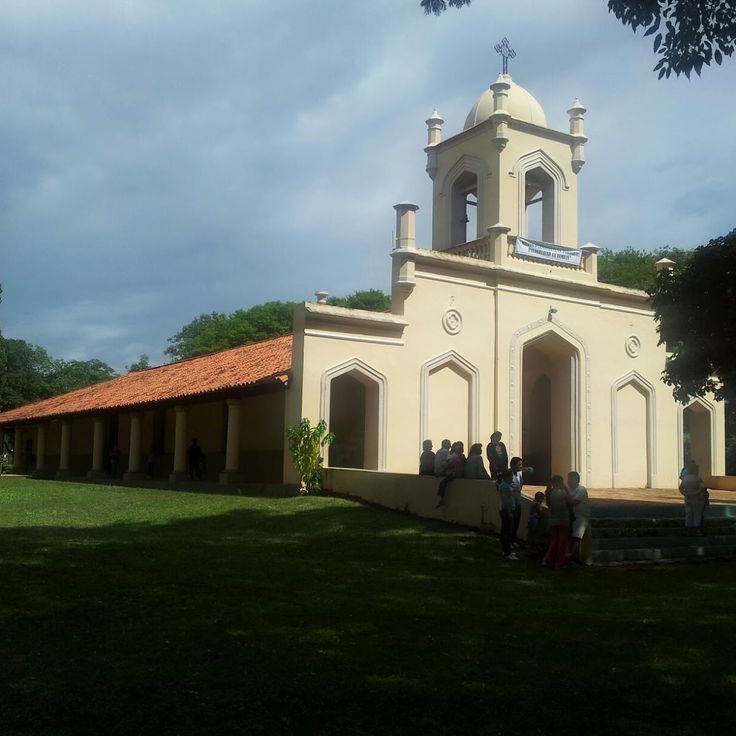
Altos, Paraguay
Church of AtlósThe Church of Altos is a colonial religious building from the 18th century with stone walls and red tile roofs, located in the center of the town. As a religious structure from the Spanish colonial period, this church displays typical architecture of that era with massive stone walls and traditional roof construction. The building serves as a place of worship for the local community and represents a historical testament to early Christianization in this region of Paraguay.